Efficiency and Precision: The Features of Modern AC Pumps
The air conditioning circulation pump, also known as a chilled water pump, is a vital component of air conditioning systems used for circulating refrigerant or chilled water. It plays a crucial role in heat exchange and temperature regulation. The pump consists of an electric motor, pump body, impeller, sealing device, and control system. It enables the circulation of the refrigerant or chilled water to absorb or release heat, thereby achieving the desired cooling effect and regulating indoor temperatures. Key features of air conditioning pumps include high efficiency, control and automation capabilities, and diverse options to suit different system requirements. The selection of an appropriate air conditioning pump should consider specific system needs, flow rates, head pressures, and mediums.
The air conditioning circulation pump, also known as a chilled water pump, is a type of pump used for water circulation in air conditioning systems. It is primarily used to circulate refrigerant or chilled water to the air conditioning equipment for heat exchange and temperature regulation.
The main functions and features of an air conditioning pump include:
- Cooling circulation: The air conditioning pump is responsible for circulating refrigerant or chilled water to absorb or release heat, thus achieving the desired cooling effect.
- Temperature regulation: By controlling the operation and flow rate of the air conditioning pump, the indoor temperature can be adjusted to meet different seasonal and environmental needs.
- High efficiency: Air conditioning circulation pumps are often designed for high efficiency to provide stable flow and pressure, ensuring the proper functioning of the air conditioning system.
- Control and automation: Modern air conditioning circulation pumps are equipped with intelligent control systems, enabling automatic control and remote monitoring to enhance system efficiency and convenience.
- Diverse options: Air conditioning circulation pumps come in different models and capacities to cater to various scales and requirements of air conditioning systems.
It is important to consider specific air conditioning system requirements, flow rate, head, and medium when selecting an air conditioning pump. Consulting professional engineers or suppliers is recommended to ensure the appropriate equipment is chosen, and following relevant operation and maintenance guidelines is crucial for safe and reliable operation.

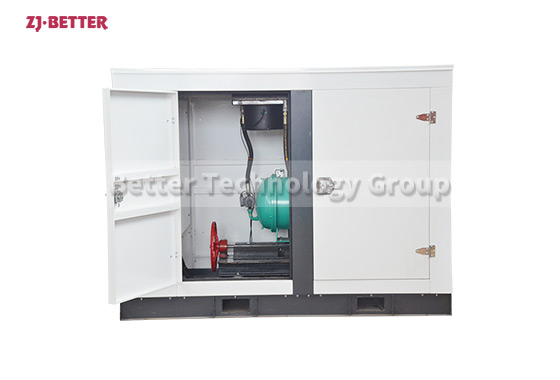
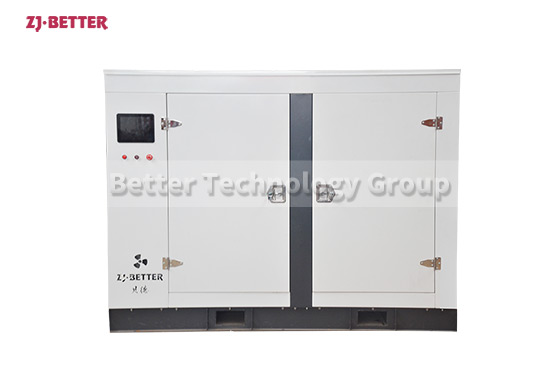
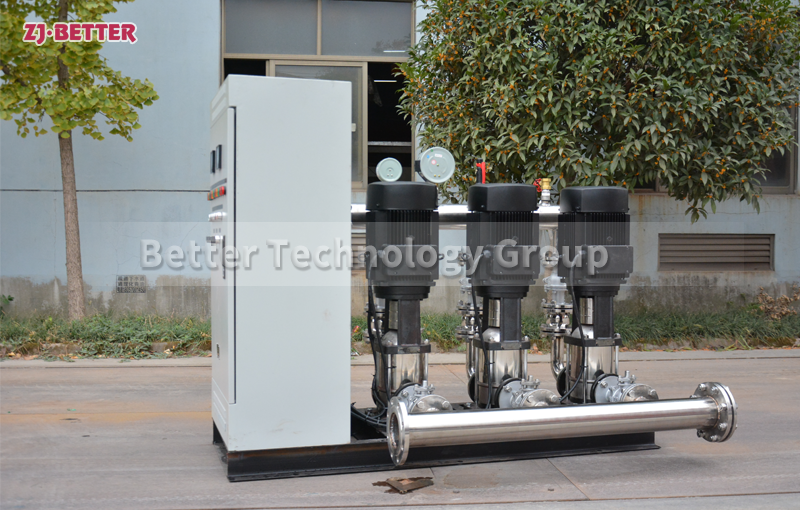
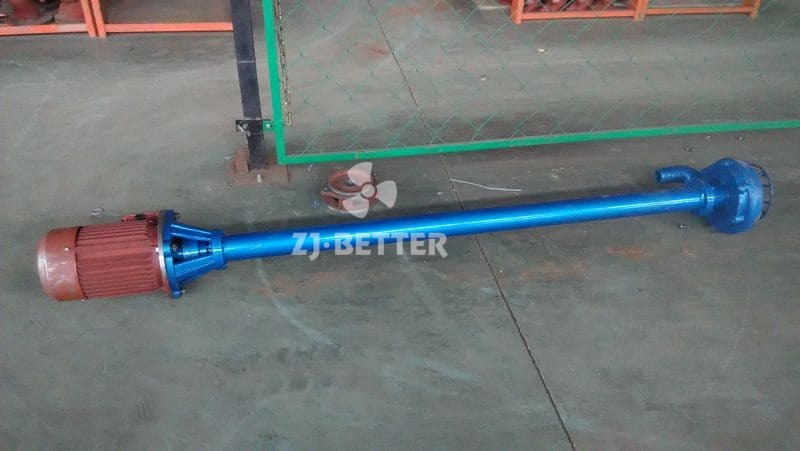
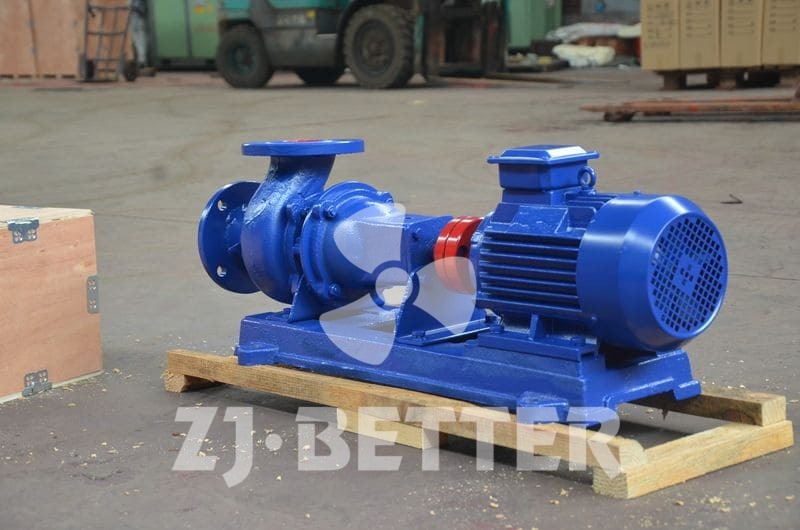

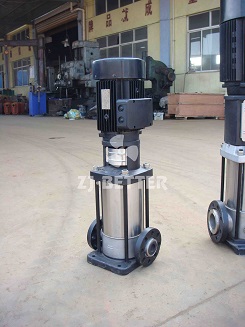
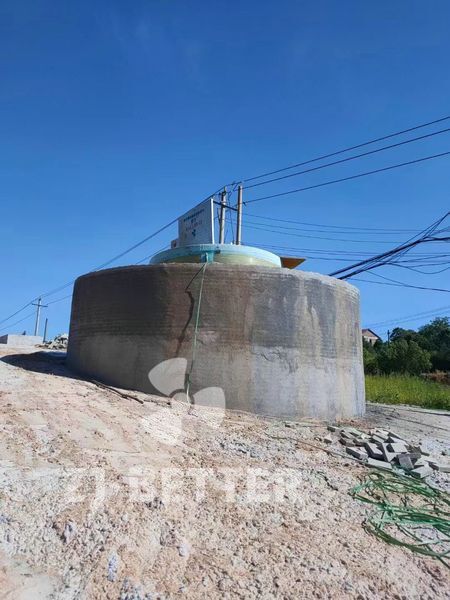
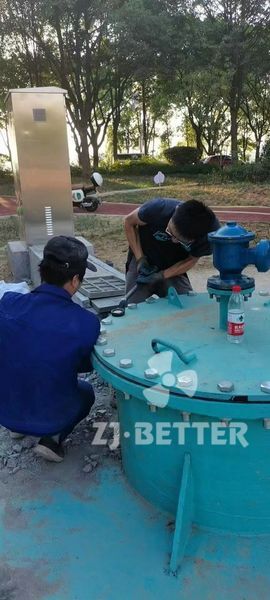
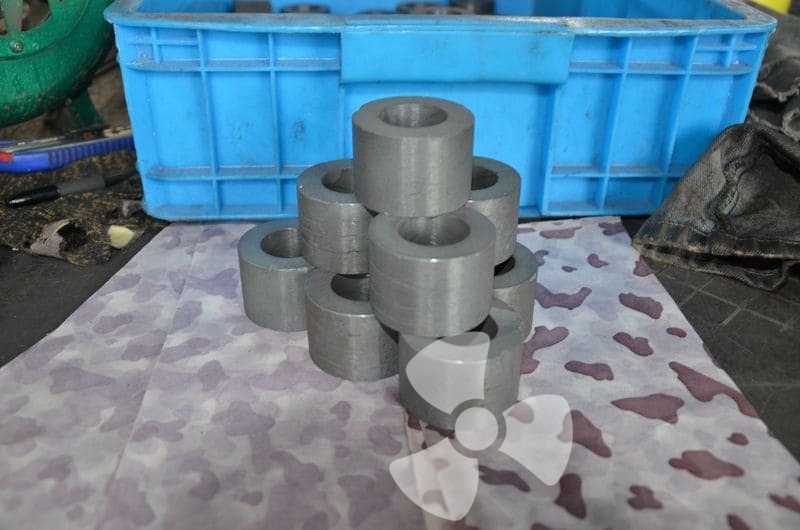




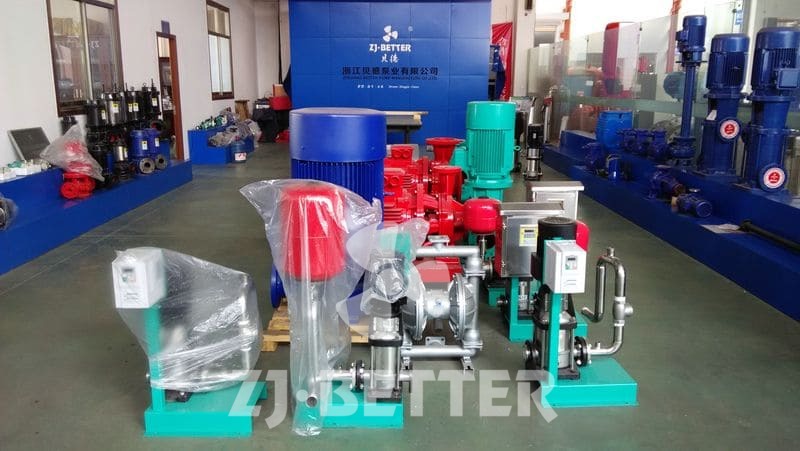
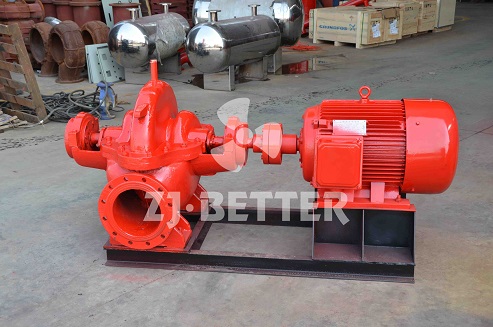

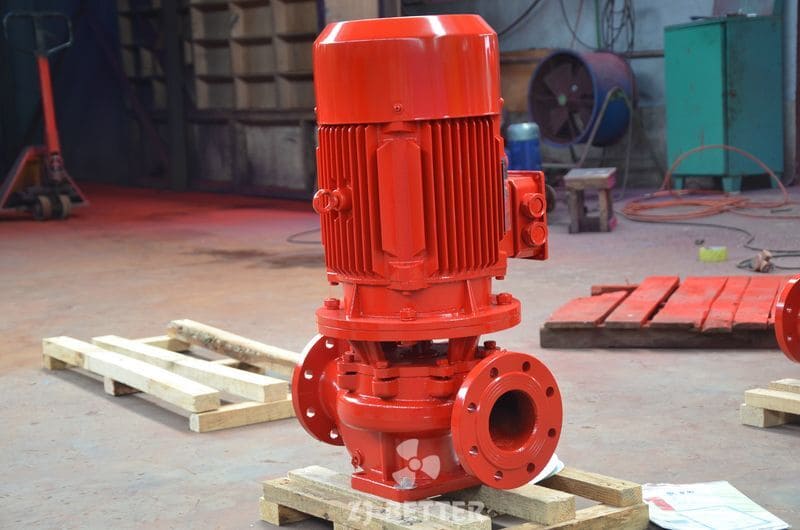
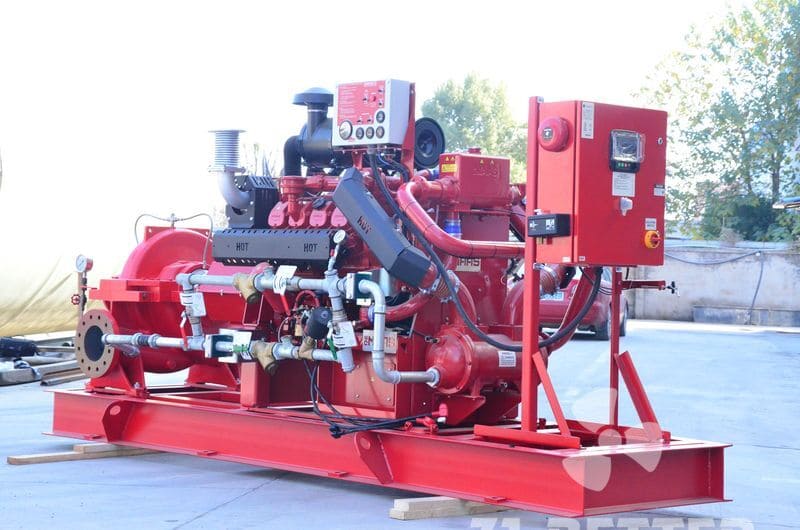
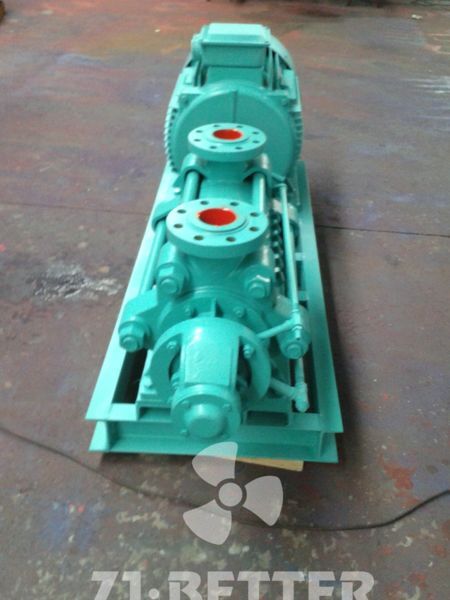
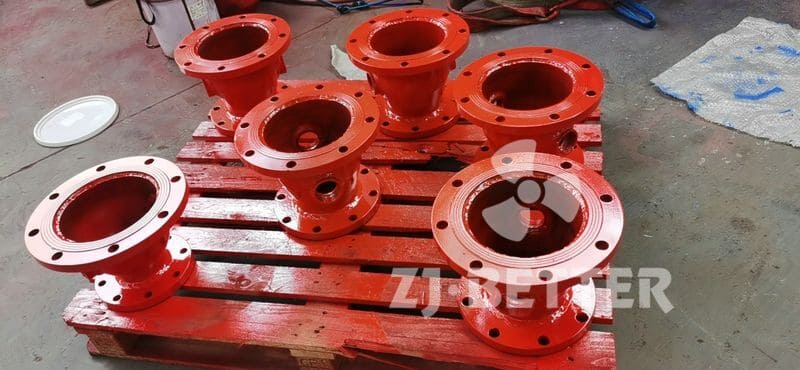

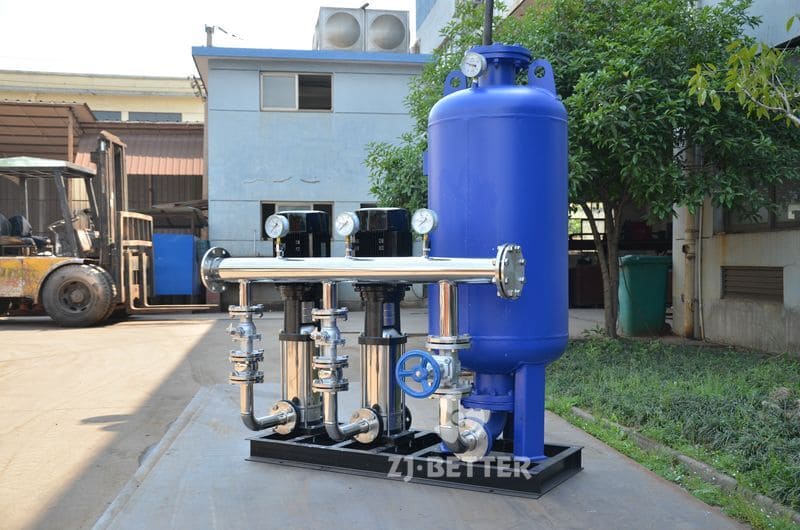
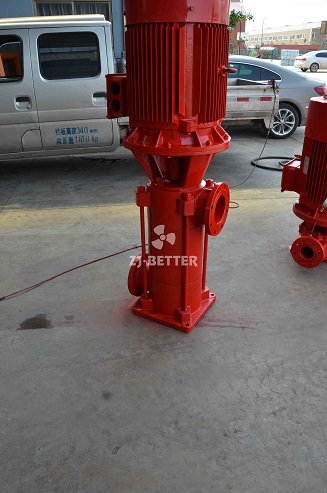
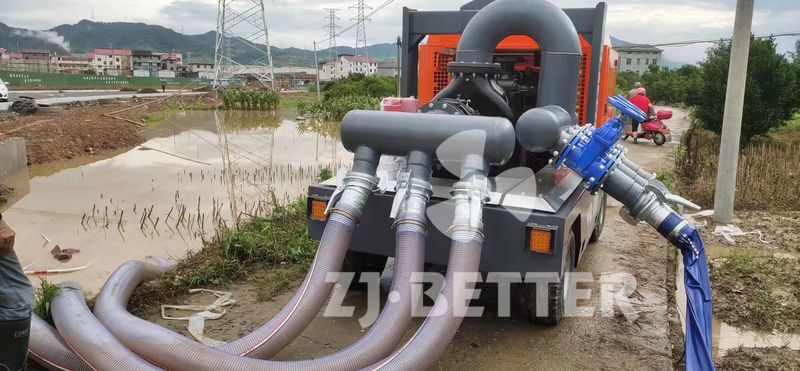
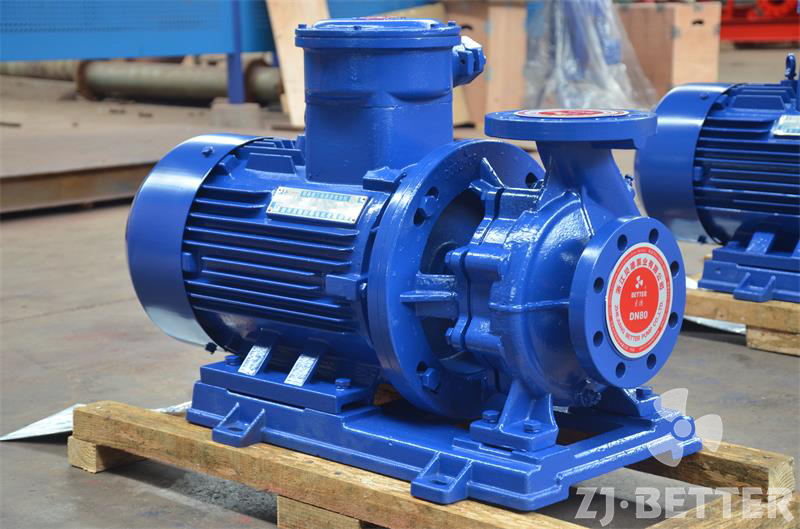
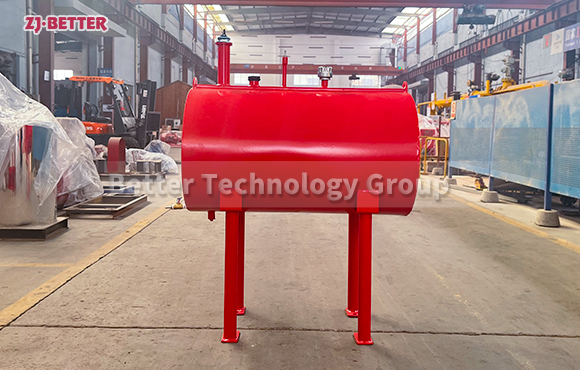
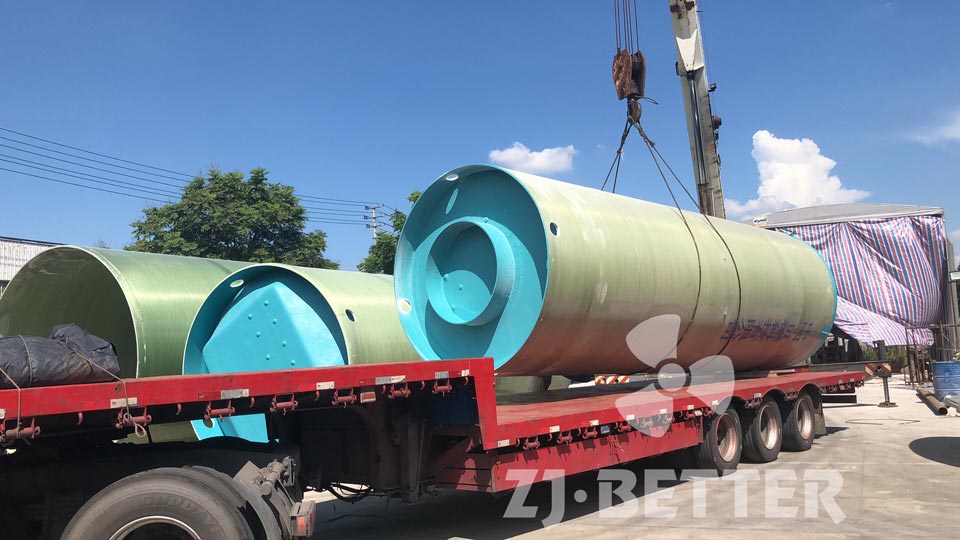
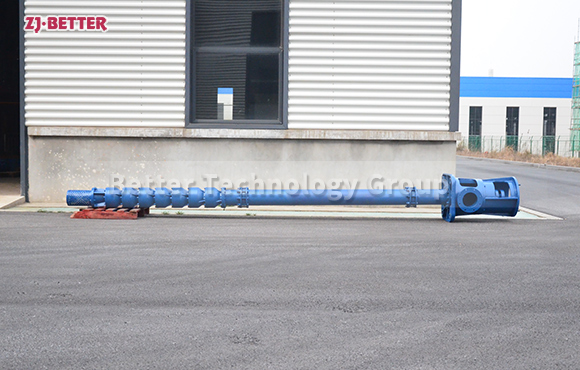
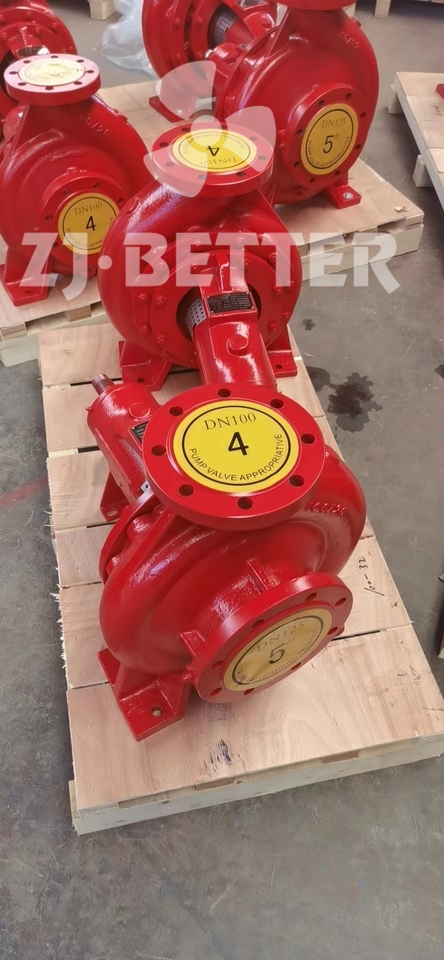
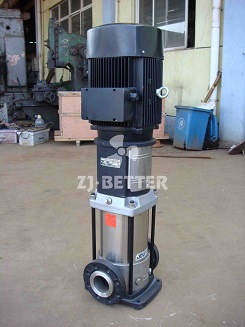
.jpg)




